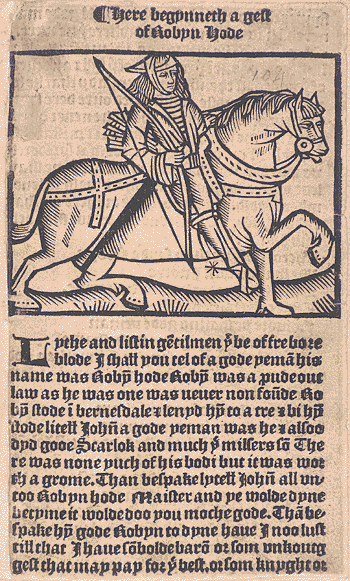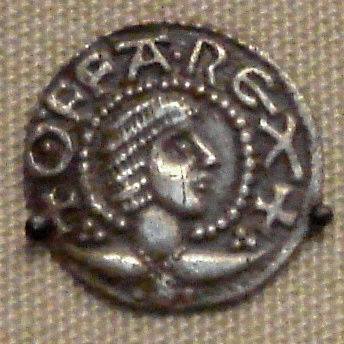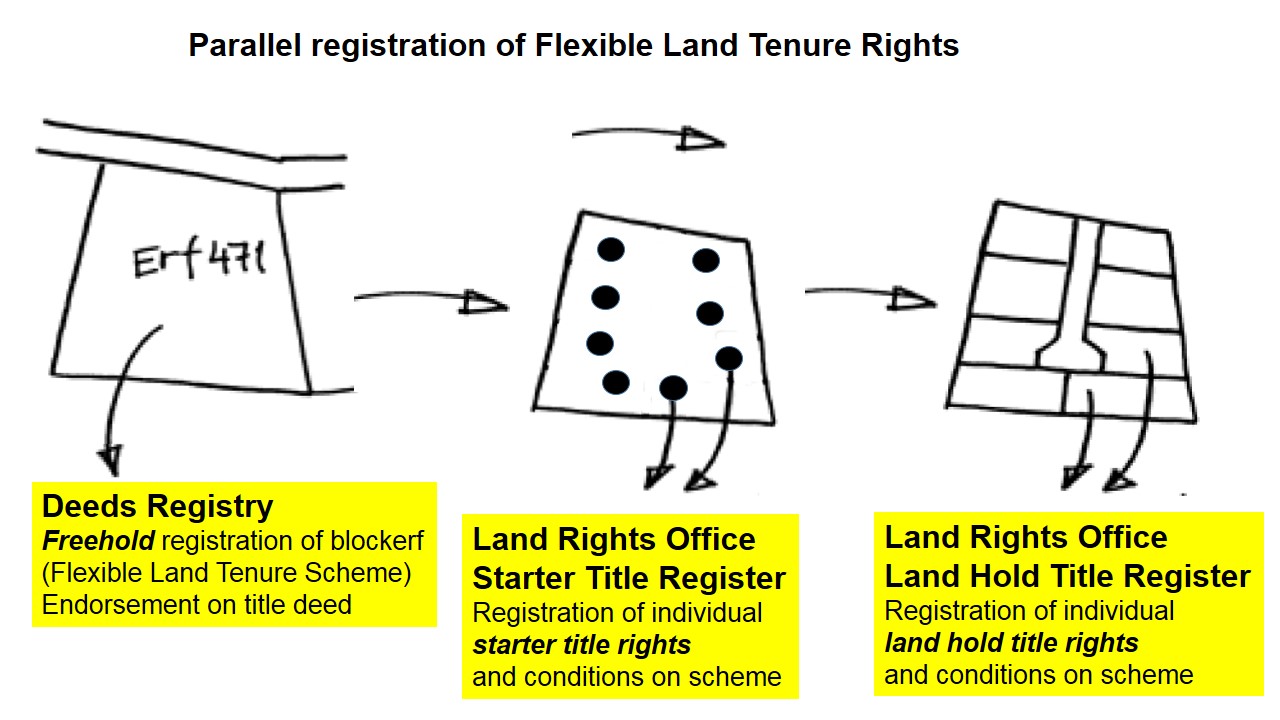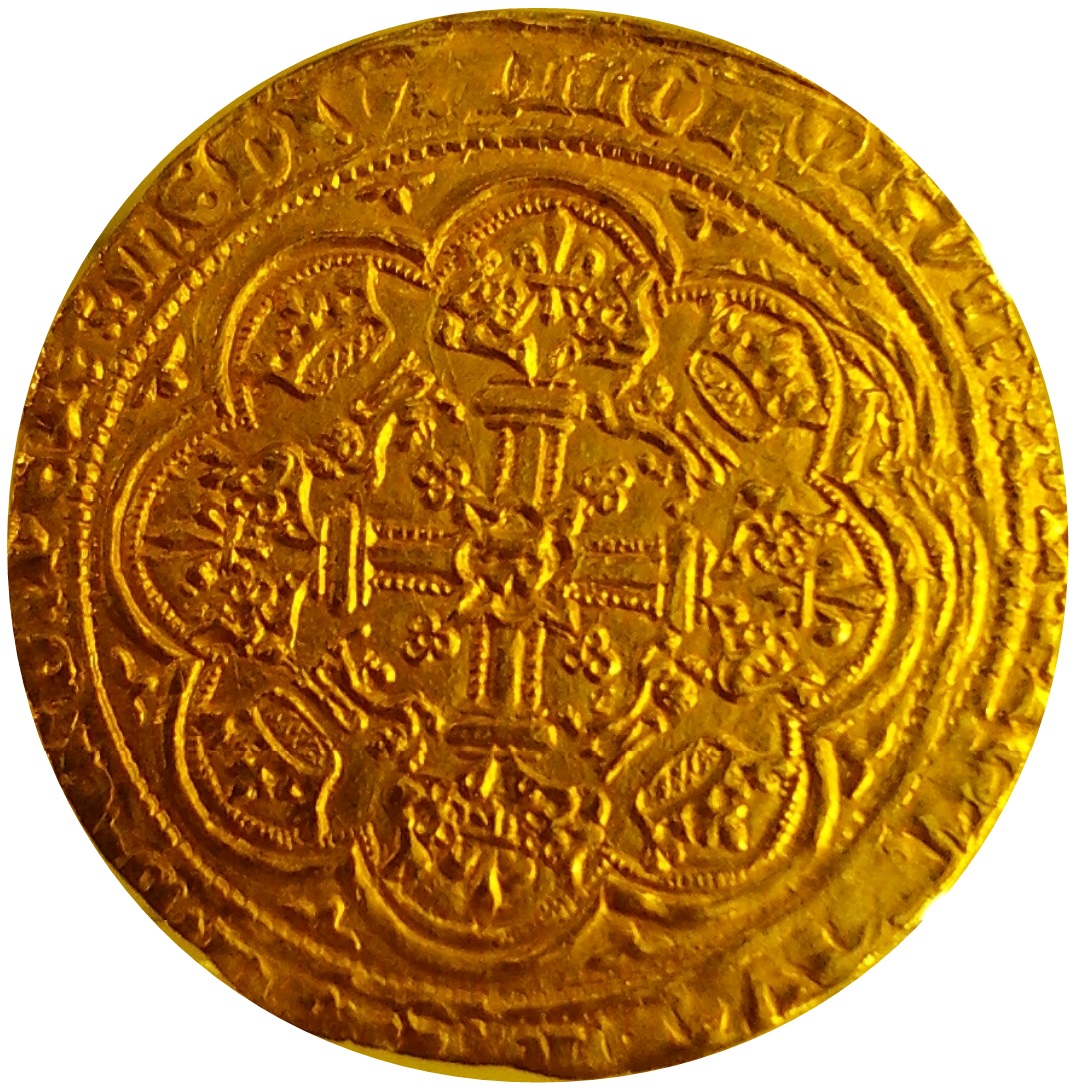|
King Edward The Fourth And A Tanner Of Tamworth
King Edward the Fourth and a Tanner of Tamworth is a ballad first found in the Child Ballad collection, number 273. A ballad of this title was licensed in 1564. Versions of this ballad also exist outside the Child collection. Additional copies can be found at the British Library, the University of Glasgow Library, and the Pepys Library at Magdalene College. These ballads dates, by estimation of the English Short Title Catalogue, range from the early seventeenth century to as late as 1775. The ballad is most recognized by its opening line: "In summer time, when leaves grow green." Child describes the appeal of this ballad to be centered on the chance meeting with a King, which is also a recurring theme in tales of Robin Hood. Synopsis King Edward, while hunting, espies a tanner riding a mare with a cowhide for a saddle. He tells his men to stay back and goes to ask directions to the town of Drayton Bassett. The tanner offers wrong directions, but Edward knows them to be wrong; then ... [...More Info...] [...Related Items...] OR: [Wikipedia] [Google] [Baidu] |
Child Ballad
The Child Ballads are 305 traditional ballads from England and Scotland, and their American variants, anthologized by Francis James Child during the second half of the 19th century. Their lyrics and Child's studies of them were published as ''The English and Scottish Popular Ballads''. The tunes of most of the ballads were collected and published by Bertrand Harris Bronson in and around the 1960s. History Age and source of the ballads The ballads vary in age; for instance, the manuscript of " Judas" dates to the thirteenth century and a version of "A Gest of Robyn Hode" was printed in the late fifteenth or early sixteenth century. The majority of the ballads, however, date to the seventeenth and eighteenth centuries. Although some are claimed to have very ancient influences, only a handful can be definitively traced to before 1600. Moreover, few of the tunes collected are as old as the words. Nevertheless, Child's collection was far more comprehensive than any previous col ... [...More Info...] [...Related Items...] OR: [Wikipedia] [Google] [Baidu] |
£sd
£sd (occasionally written Lsd, spoken as "pounds, shillings and pence" or pronounced ) is the popular name for the pre-decimal currencies once common throughout Europe, especially in the British Isles and hence in several countries of the British Empire and subsequently the Commonwealth. The abbreviation originates from the Latin currency denominations '' librae'', ''solidi'', and ''denarii''. In the United Kingdom, these were referred to as '' pounds'', '' shillings'', and '' pence'' (''pence'' being the plural of ''penny''). Although the names originated from popular coins in the classical Roman Empire, their definitions and the ratios between them were introduced and imposed across Western Europe by the Emperor Charlemagne. The £sd system was the standard across much of the European continent (France, Italy, Germany, etc.) for nearly a thousand years, until the decimalisations of the 18th and 19th centuries. As the United Kingdom remained one of the few countries re ... [...More Info...] [...Related Items...] OR: [Wikipedia] [Google] [Baidu] |
Forest Of Knaresborough
The Forest of Knaresborough was a royal hunting forest in Yorkshire, England. It covered an area of some west and south of the town of Knaresborough, between the River Nidd and the River Wharfe, then in the West Riding of Yorkshire and now in North Yorkshire. Origins The earliest surviving reference to the Forest was in 1167, during the reign of Henry II, and it was probably created in the 12th century. Its formation has been linked to Hugh de Moreville, Constable of the Castle and Liberty of Knaresborough, or to William de Stutville, Governor of Knaresborough Castle from 1177 to 1203. The Liberty of Knaresborough lay outside the Forest north of the River Nidd, and it seems that freemen of the Liberty had no rights of pasture in the Forest. The Forest was a particular favourite of Henry II and King John. Edward III settled the Honour of Knaresborough (which included the Castle and Liberty of Knaresborough as well as the Forest) on his wife Philippa. When she died in 1 ... [...More Info...] [...Related Items...] OR: [Wikipedia] [Google] [Baidu] |
Inglewood Forest
Inglewood Forest is a large tract of mainly arable and dairy farm land with a few small woodland areas between Carlisle and Penrith in the English non-metropolitan county of Cumbria or ancient county of Cumberland. Etymology ''Inglewood'' is first attested in the forms ''Englewod’'' (c. 1150), ''Engelwode'' (c. 1158) and ''Englewud'' (1227). The name means "Wood of the English or Angles". This seems to reflect a situation where, at the time of the name's formation, Cumbria was still predominantly a Celtic-speaking region, and sometimes part of the Kingdom of Strathclyde, and English settlement or land-ownership was still unusual enough to be a distinctive feature in a place-name. Noting that the other place-names of this kind are in places that were border areas between English-speaking and Britonnic-speaking cultures, Jayne Carroll and John Baker suggest that "this is perhaps not a case of a 'minority population' name, but one used with a particular political significance to ... [...More Info...] [...Related Items...] OR: [Wikipedia] [Google] [Baidu] |
A Gest Of Robyn Hode
''A Gest of Robyn Hode'' (also known as ''A Lyttell Geste of Robyn Hode'', and hereafter referred to as ''Gest'') is one of the earliest surviving texts of the Robin Hood tales. ''Gest'' (which meant tale or adventure) is a compilation of various Robin Hood tales, arranged as a sequence of adventures involving the yeoman outlaws Robin Hood and Little John, the poor knight Sir Richard at the Lee, the greedy abbot of St Mary's Abbey, the villainous Sheriff of Nottingham, and King Edward of England. The work survives only in printed editions from the early 16th century; just some 30 years after the first printing press was brought to England. Its popularity can be estimated from the fact that portions of more than ten 16th- and 17th-century printed editions have been preserved. Written in late Middle English poetic verse, ''Gest'' is an early example of an English language ballad, in which the verses are grouped in quatrains with an abcb rhyme scheme. As a literary work, ... [...More Info...] [...Related Items...] OR: [Wikipedia] [Google] [Baidu] |
Tamworth, Staffordshire
Tamworth (, ) is a market town and borough in Staffordshire, England, north-east of Birmingham. The town borders North Warwickshire to the east and north, Lichfield to the north, south-west and west. The town takes its name from the River Tame, which flows through it. The population of Tamworth borough () was . The wider urban area had a population of 81,964. Tamworth was the principal centre of royal power of the Anglo-Saxon Kingdom of Mercia during the 8th and 9th centuries. It hosts a simple but elevated 12th century castle, a well-preserved medieval church (the Church of St Editha) and a Moat House. Tamworth was historically divided between Warwickshire and Staffordshire until 1889, when the town was placed entirely in Staffordshire. The town's industries include logistics, engineering, clothing, brick, tile and paper manufacture. Until 2001 one of its factories was Reliant, which produced the Reliant Robin three-wheeler car and the Reliant Scimitar sports car. T ... [...More Info...] [...Related Items...] OR: [Wikipedia] [Google] [Baidu] |
Land Tenure
In common law systems, land tenure, from the French verb "tenir" means "to hold", is the legal regime in which land owned by an individual is possessed by someone else who is said to "hold" the land, based on an agreement between both individuals. It determines who can use land, for how long and under what conditions. Tenure may be based both on official laws and policies, and on informal local customs (insofar higher law does allow that). In other words, land tenure implies a system according to which land is held by an individual or the actual tiller of the land but this person does not have legal ownership. It determines the holder's rights and responsibilities in connection with their holding. The sovereign monarch, known in England as The Crown, held land in its own right. All land holders are either its tenants or sub-tenants. ''Tenure'' signifies a legal relationship between tenant and lord, arranging the duties and rights of tenant and lord in relationship to the land. Ov ... [...More Info...] [...Related Items...] OR: [Wikipedia] [Google] [Baidu] |
Groat (coin)
The groat is the traditional name of a defunct English and Irish silver coin worth four pence, and also a Scottish coin which was originally worth fourpence, with later issues being valued at eightpence and one shilling. Name The name has also been applied to any thick or large coin, such as the '' Groschen'' (''grosso''), a silver coin issued by Tyrol in 1271 and Venice in the 13th century, which was the first of this general size to circulate in the Holy Roman Empire and other parts of Europe. The immediate ancestor to the groat was the French ''gros tournois'' or groat of Tours, which was known as the ''groot'' (Dutch for "great" or "large") in the Netherlands. The name also refers to a range of other European coins such as those of the Italian peninsula known as a ''grosso'' including the grosso of Venice and the Kraków grosz in Poland. Marco Polo referred to the groat in recounts of his travels to East Asia when describing the currencies of the Yuan Empire. His descri ... [...More Info...] [...Related Items...] OR: [Wikipedia] [Google] [Baidu] |
Noble (English Coin)
The noble was the first English gold coin produced in quantity, introduced during the second coinage (1344–1346) of King Edward III. It was preceded by the gold penny and the florin, minted during the reign of King Henry III and the beginning of the reign of King Edward III; these saw little circulation. The derivatives of the noble, the half noble and quarter noble, on the other hand, were produced in quantity and were very popular. The value of the coin was six shillings and eight pence (written 6/8, or 6s.8d., vjs.viijd.), which was equivalent to eighty old pence or one-third of a pound sterling. The weight was changed from issue to issue to maintain this value until 1464 when the value was increased. Throughout the history of this denomination there are many variations of inscription, mintmark, and (to some extent) of design. Origin The coin was introduced during the second coinage (1344–1346) of King Edward III, when the coin weighed 138.5 grains (9.0 grams); during ... [...More Info...] [...Related Items...] OR: [Wikipedia] [Google] [Baidu] |
British Library
The British Library is the national library of the United Kingdom and is one of the largest libraries in the world. It is estimated to contain between 170 and 200 million items from many countries. As a legal deposit library, the British Library receives copies of all books produced in the United Kingdom and Ireland, including a significant proportion of overseas titles distributed in the UK. The Library is a non-departmental public body sponsored by the Department for Digital, Culture, Media and Sport. The British Library is a major research library, with items in many languages and in many formats, both print and digital: books, manuscripts, journals, newspapers, magazines, sound and music recordings, videos, play-scripts, patents, databases, maps, stamps, prints, drawings. The Library's collections include around 14 million books, along with substantial holdings of manuscripts and items dating as far back as 2000 BC. The library maintains a programme for content acquis ... [...More Info...] [...Related Items...] OR: [Wikipedia] [Google] [Baidu] |
Drayton Bassett
Drayton Bassett is a village and civil parish since 1974 in Lichfield District in Staffordshire, England. The village is on the Heart of England Way, a footpath. Much of the housing is clustered together but more than half is 20th century in the parish as a whole. In the parish is Drayton Manor Theme Park, occupying a large minority of its land. North of the adjoining suburb or town of Fazeley is the large town of Tamworth. The eastern lands of the parish form the bulk of Middleton Lakes RSPB reserve which has lakes of various sizes and has replaced an area of gravel workings (excavation). History Geographic history After the Norman Conquest the manor came to the Basset(t) (of Drayton) family until the change of ruling dynasty/faction year 1483, when it passed to the Earls of Leicester. From about 1600 it belonged to the Earls of Essex. It was sold piecemeal but its bulk was sold from the Marquis of Bath to Sir Robert Peel, 1st Baronet, father of the later Prime Minister, ... [...More Info...] [...Related Items...] OR: [Wikipedia] [Google] [Baidu] |
Robin Hood
Robin Hood is a legendary heroic outlaw originally depicted in English folklore and subsequently featured in literature and film. According to legend, he was a highly skilled archer and swordsman. In some versions of the legend, he is depicted as being of noble birth, and in modern retellings he is sometimes depicted as having fought in the Crusades before returning to England to find his lands taken by the Sheriff. In the oldest known versions he is instead a member of the yeoman class. Traditionally depicted dressed in Lincoln green, he is said to have robbed from the rich and given to the poor. Through retellings, additions, and variations, a body of familiar characters associated with Robin Hood has been created. These include his lover, Maid Marian, his band of outlaws, the Merry Men, and his chief opponent, the Sheriff of Nottingham. The Sheriff is often depicted as assisting Prince John in usurping the rightful but absent King Richard, to whom Robin Hood remai ... [...More Info...] [...Related Items...] OR: [Wikipedia] [Google] [Baidu] |









